The corrosion monitoring probes, designated as model EMT-EP100, are engineered for deployment in high-pressure access systems, making it an ideal choice for monitoring corrosion within industrial pipelines and vessels operating under harsh conditions. The probe’s construction and material composition are specifically chosen to ensure high reliability and durability across a range of operating environments.
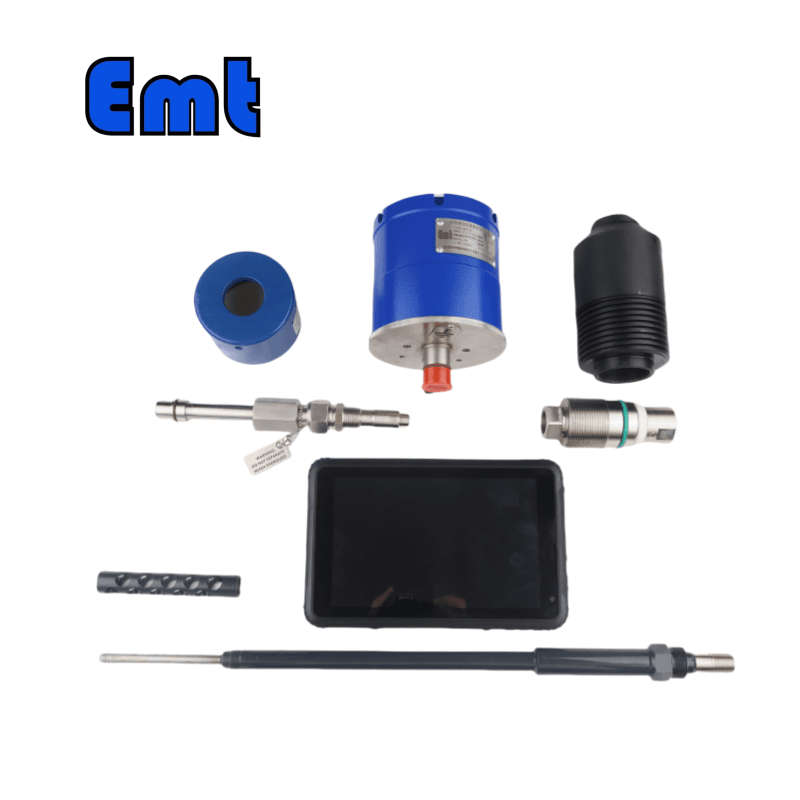
1. Order Information
Access Fitting Body
| Model | ||||||
| EMT-CIPA | Access Fitting Body of Coupon, Injector, Probe assembly | |||||
| – The material of Access Fitting Body | ||||||
| 0 | CS | |||||
| 1 | 316SS | |||||
| 2 | 316LSS | |||||
| 3 | DUPLEX SS | |||||
| The Type of Access Fitting Body | ||||||
| B | 2″Welded(suffix “pressure rating” can be added to B) | |||||
| F | 2″ANSI Flange(suffix “pressure rating & sealing type” can be added to F) | |||||
| -Tee Size- pressure rating & sealing type if flanged end | ||||||
| 0 | No Tee | |||||
| 1 | 1/4″NPT(F)Tee | |||||
| 2 | 1/2″NPT(F)Tee | |||||
| 3 | 3/4″NPT(F)Tee | |||||
| 4 | 1″NPT(F)Tee | |||||
| 5 | Hole for 1/4″SWN Flange | |||||
| 6 | Hole for 1/2″SWN Flange | |||||
| 7 | Hole for 3/4″SWN Flange | |||||
| 8 | Hole for 1″SWN Flange | |||||
| -Protective Cover Type/ Material | ||||||
| 0 | No Protective Cover | Material | ||||
| 1 | Without hole | CS or 0 | ||||
| 2 | With hole | SS or 1 | ||||
| 3 | Bleed Valve | DSS or 3 | ||||
| 4 | Bleed Valve, & Pressure Gauge | |||||
| For Example:EMT-CIPA-0F600#RF-0-2/CS shows 2″ANSI 600#RF Flange Access Fitting Body in CS, no Tee, Protective Cover in CS with hole 0F600#RF: 0F_ Access Fitting Body is Flanged in CS , 600#RF _Size is 2″ANSI 600#RF , 0:No Tee 2: Protective cover with 1/2NPT(F) hole /CS: Protective cove material in CS | ||||||
Cylindrical Electrical Resistance Corrosion Probe
| Model | |||||||||||
| EP100 | Cylindrical Electrical Resistance Corrosion Probe | ||||||||||
| -Code | Body Material | ||||||||||
| -B | 1 | 316 SS | |||||||||
| 2 | 316L SS | ||||||||||
| 3 | DUPLEX SS | ||||||||||
| 4 | INCONEL | ||||||||||
| -Code | Connector Type | ||||||||||
| -C | 1 | Standard connector | |||||||||
| 2 | Meet user requirements connector | ||||||||||
| -Code | ER Element Useful Thickness Options | ||||||||||
| -T | 10 | 10 mil thickness (5 mil useful probe life) | |||||||||
| 20 | 20 mil thickness (10 mil useful probe life) | ||||||||||
| 50 | 50 mil thickness (25 mil useful probe life) | ||||||||||
| Code | ER Probe Shield Options | ||||||||||
| -S | 0 | No shield DUPLEX SS INCONEL | |||||||||
| 1 | Standard shield | ||||||||||
| 2 | Hi-velocity shield | ||||||||||
| Code | Element Alloy Material | ||||||||||
| -xxx | Code | Probe Characteristic Length | |||||||||
| -xxx | mm | ||||||||||
| For Example:EP100-B1-C1-T20-S0-A105-358 EP100 : Cylindrical Electrical Resistance Corrosion Probe B1: Body Material is 316SS C1: Connector Type: Standard connector T20: ER Element is 20 mil thickness (10 mil useful probe life) S0: No shield A105: Element Alloy Material is A105 358:Probe length is 358mm | |||||||||||
2. Construction and Material Composition
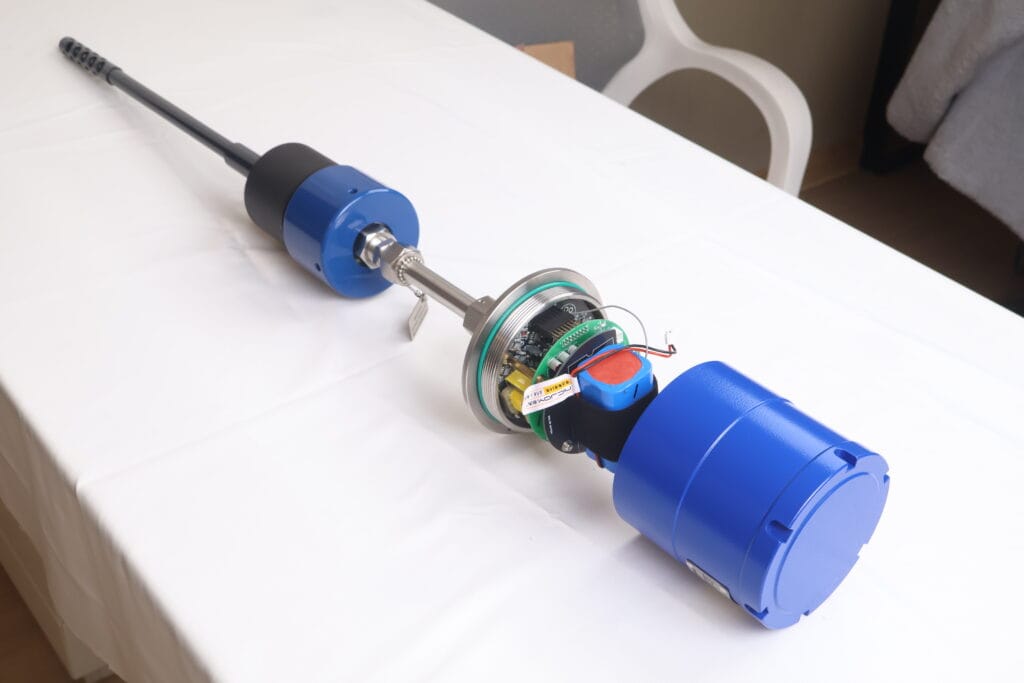
The probe body of the EMT-EP corrosion monitoring probes is available in several high-grade materials including 316 SS, 316L SS, Duplex Stainless Steel (DSS), and INCONEL. These materials are selected for their exceptional resistance to corrosion and their mechanical strength in high-pressure environments:
- 316 SS and 316L SS: These stainless steel alloys are known for their corrosion resistance and are particularly effective in preventing chloride-induced corrosion, making them suitable for marine and chemical processing applications.
- Duplex Stainless Steel (DSS): DSS provides enhanced strength and resistance to pitting and crevice corrosion compared to 316L SS, which makes it well-suited for oil and gas extraction and processing environments where such forms of corrosion are prevalent.
- INCONEL: This material is utilized for its ability to withstand extreme environments that include high temperatures and corrosive media, making it ideal for use in the aerospace, nuclear, and chemical processing industries.
3. Expanded Design Features of the EMT-EP Probe
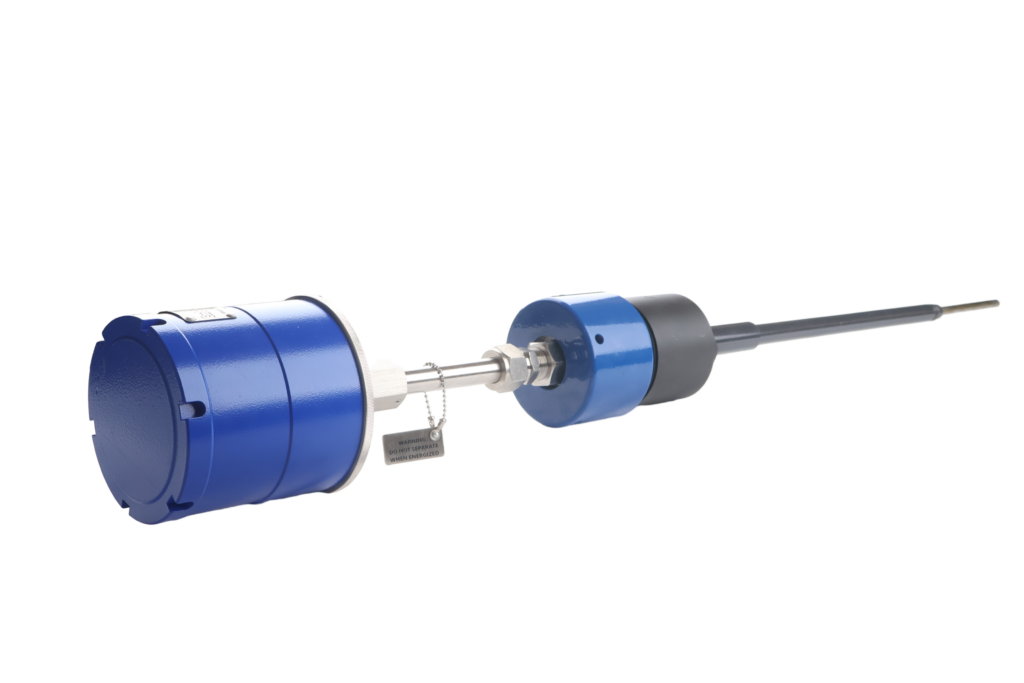
The EMT-EP corrosion monitoring probes are specifically engineered to ensure maximal integrity and functionality in harsh industrial environments. Here is an expanded look at the key design features that contribute to its robust performance:
Integrated Welding of Measuring Element
- Purpose and Benefit: The measuring element’s integration into the probe body through welding is pivotal. This design choice eliminates any mechanical joints or connections that could become potential leak paths or weak points under high pressure. The welded construction ensures a uniform, seamless transition between the measuring element and the rest of the probe, which is crucial for maintaining the structural integrity under dynamic pressure changes and vibrations.
- Manufacturing Technique: The welding process involves high-precision laser or electron beam welding techniques, which provide deep penetration and strong welds with minimal impact on the thermal characteristics of the surrounding materials. This technique is chosen to maintain the material properties close to weld areas, preserving the corrosion resistance and strength of the probe.
Heat and Pressure Resistant Filler
- Composition: The filler material inside the probe rod typically consists of a high-grade, thermally stable ceramic or epoxy composite. These materials are selected for their excellent thermal stability and mechanical properties at elevated temperatures and pressures.
- Function: This filler not only supports the internal structure but also serves to thermally insulate the measuring element from external temperature fluctuations, which could impact the measurement accuracy. The filler is also designed to resist chemical attacks from corrosive fluids typically found in oil and gas extraction sites or chemical processing plants.
High-Temperature Glass Sintering Seal
- Sealing Technique: The use of a high-temperature glass sintering process to seal the interface end of the probe is a sophisticated method that involves melting a specially formulated glass powder at high temperatures so it fuses to the metal, creating an impermeable barrier.
- Advantages: This glass sintering produces a seal that is not only resistant to high temperatures but also chemically inert, making it an ideal choice for environments where chemical exposure can degrade conventional sealing materials. The sintered glass seal effectively prevents fluid ingress that could damage the internal components of the probe.
- Durability and Performance: The seal remains stable and intact across a wide temperature range, from cryogenic temperatures up to several hundred degrees Celsius, thus ensuring reliable performance in extremely harsh conditions.
4. Installation and Retrieval
The EMT-EP100 probe is designed for ease of installation and retrieval in operational processes without the need for shutdown. This is facilitated by the use of a threaded connecting seat, probe nut, and sealing ring which secure the probe to the hollow plug of the access system. The probe-plug assembly can be installed or retrieved using a retrieval tool and service valve, enhancing operational flexibility and safety.


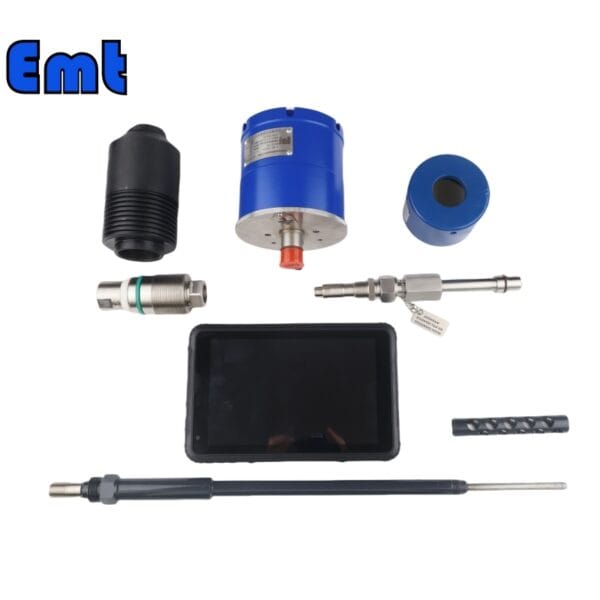
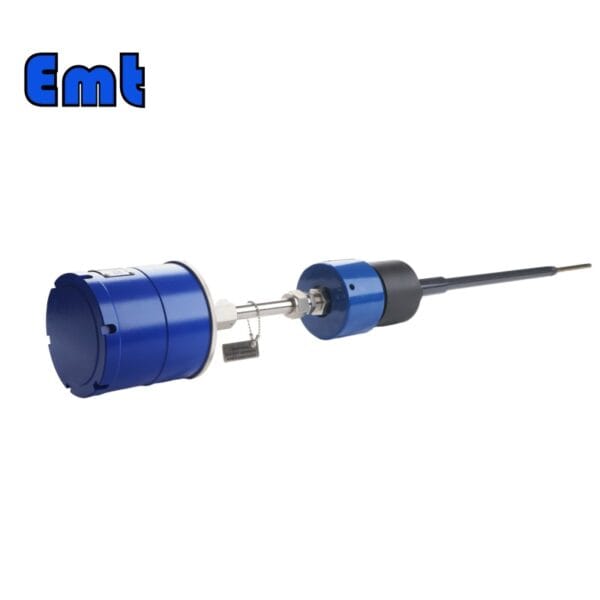

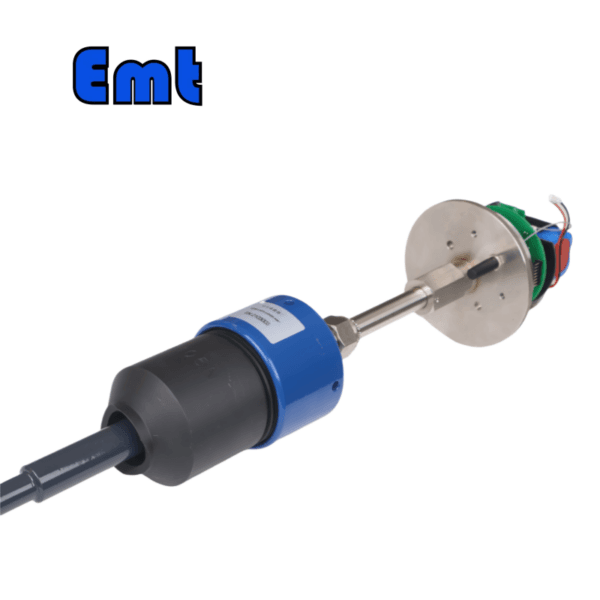
There are no reviews yet.